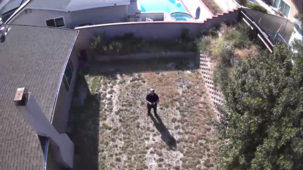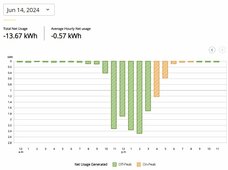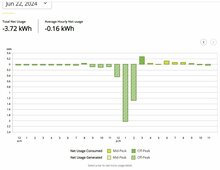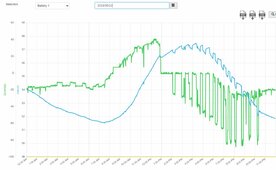I have not done one of these in a while, and being our first HOT day of the year, it was a good test.
Yesterday was our first of this heat wave. The peak power from the solar panels was down a little, but not too bad. Here is the energy plot from the Enphase system.
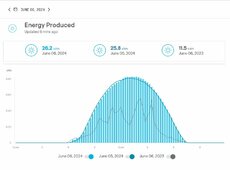
It got deep into the 90's, so I am very happy with that. The Midea "U" window A/C came on for a while to keep the upstairs cool. That thing is crazy efficient. The inverter compressor ramps up slow and it only hit about 300 watts of draw. Not bad. It hardly shows on the battery summary graph. But with the heat, the central A/C also had to kick in. Here is the XW-Pro Battery Summary.
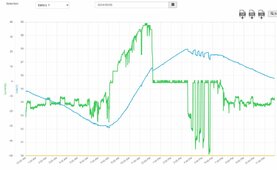
It's hard to even pick out when the Midea A/C ran. But it is only 8,000 BTU. My Central air is 42,000 BTU. When it first kicked on at 3:30 pm, the Enphase solar panels were still cranking out solid power, so it only needed to pull 24 amps from the battery. And it turns out, the DC panels and Victron charge controller were almost making that much. The battery voltage is dropping a little, but not bad. After running for 20 minutes, it kicked up to Stage 2 and the power jumped up to 32 amps from the battery. The system made set temp and shut down. You can see the battery voltage climbing back up as the DC system was cranking away. The A/C cycled on 4 more times, but each one was short enough it only needed stage 1. When the sun set around 7 pm, we didn't need the central AC any more, but the Midea ran a bit more. Even with the A/C systems running a bit, we still ended the day with more energy in the battery. As I expected, the A/C load pretty much kept the Victron DC system in Bulk all day. It only hit absorb for a few minutes right before the first cycle. I didn't grab the production graph off the Victron, but it looks just like the Enphase curve, making nearly 11 KWHs from the small 2,000 watts of panels even with a layer of dirt and the crazy heat. At the end of the day, I was essentially off grid AND exported a chunk of power for credit still. Here is the graph from SCE
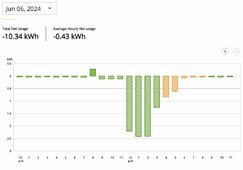
I still exported 10.34 KWHs. When the A/C ran, it reduced my export, but the total over each hour was still negative. The small bump of consumption at 8 am is in my code. Clouds moved across and it dropped charging to just 7 amps, but it does not stop charging unless I start importing over 500 watts. It happens once in a while, but only in the cheapest ToU time.
My worries about covering the summer demand are a lot less now after seeing this. I do need to go rinse the panels again, they are DIRTY!! But from past experience, it will probably only net me about 6 to 8% more production. 26.2 KWHs + 6% = 27.8 KWHs. That is a fair bit of energy to get back.


